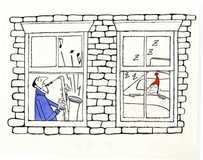Apartment / Global
Living large
In Monocle’s dream residential building, we would include the features and proportions of 19th-century Parisian flats and early 20th-century New York apartments, with a few additions of our own. Attention developers: veneers and fashionable embellishments are not the way forward.

Writing in 1624, Sir Henry Wotton, the Jacobean courtier and amateur architect, defined the three conditions of good building: “commodity” (meaning both convenience and comfort), “firmness” (meaning durability and security) and “delight”. Today, Wotton’s idea of delight encompasses a spectrum of private requirements and social aspirations ranging from the quiet enjoyment of our own home and modest pleasure in its beauty through to naked enjoyment of blatant and attention-seeking ostentation.
Even in ancient times similar concerns, shaped by local geography and climate, politics, commerce and aesthetic taste, dictated the way people built and lived. Now, in crowded urban centres all over the world, the success with which these architectural elements are juggled becomes a crucial index for judging the success or failure of cities. So, which is the most civilised way to live in close proximity to millions of others?
In the 19th century the world looked to Paris for fashion and style. Under the direction of Baron Haussmann, the city was remodelled with grand boulevards lined with a new type of apartment building, usually six floors high with additional chambres de bonnes above. Though built for newly prosperous bourgeois families, the classic layout of rooms leading one into the next (en enfilade) recalled the arrangement of the private quarters of the nobility in old palaces.
Kitchens were tiny and bathrooms few, but in the main rooms, generous ceiling heights, full-length casement windows, marble chimney-pieces, double doors and parquet floors created a feeling of architectural grace.
In the blocks of the 1860s, the most desirable and hence the best-appointed floor was the first; later, with the advent of electric lifts at the end of the century, the preference of many citizens shifted to apartments higher up with balconies enjoying better light and air.
This enviable model for apartment buildings spread rapidly – not only in Europe, but also around the world. In America, where French styles were as influential as British, apartment living became chic. In New York, tall apartment blocks appealed to the newly rich and self-consciously modern nuclear families. As in Paris, lifts made the upper floors chic and penthouse suites the most sought after of all.
Classic turn-of-the-century Upper East Side and Upper West Side blocks were served by lifts, with a lobby on each floor. Apartments opened off long, often dark corridors, but light poured in from windows on different elevations. Apartments for the well-to-do often comprised eight, 10 or more rooms and boasted some elaborate services such as linen and mail chutes as well as a uniformed doorman in the hall. This level of facilities came at a high price, however, and since then many big apartments have been subdivided.
Yet the grand New York or Parisian apartment should still offer inspiration. Flats do not have to be palatial, but they should be elegantly proportioned and well-laid out. Now, as never before, we need “firmness” and “commodity”.
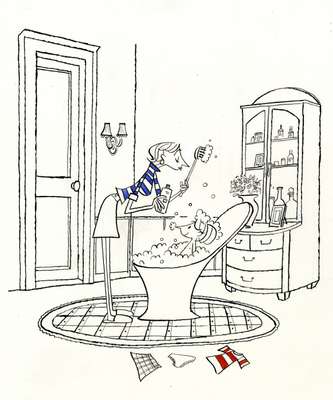
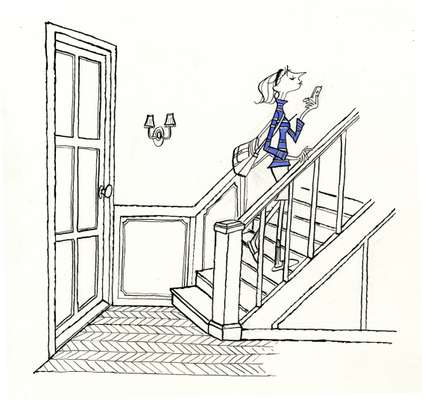
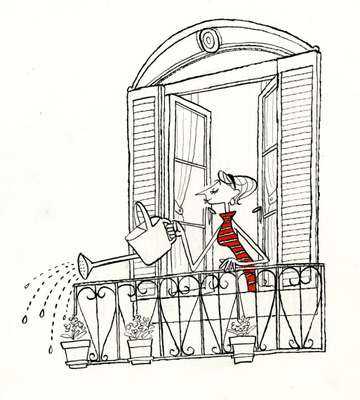

Apartment 01
—Haussmann
Paris circa 1860-1880
Size is everything. We would model our dream dwelling on Haussman’s well-laid out designs, with their high ceilings and double doors.
01 - Moveable baths
Before fixed plumbing became standard, moveable baths were kept in dressing rooms. Why not reinvent the small, transportable bath in these times of looming water shortages? The only thing is, without servants to fill the bath with jugs carried from the stove, would anyone ever get a really good long, hot soak?
02 - Parquet floors
Parquet floors had been the preserve of the extremely rich until the late 19th century, when cheap steel nails made decorative wood flooring more affordable. As long as the wood used is from a sustainable source, we think these floors – with their fine patterns, warm hues and delightful creak – are still a great cosy but classy option.
03- Full-length casement windows with shutters
When plate glass arrived, big windows became possible. And given the choice, who wouldn’t go for the big views, the giant blocks of sunlight and the elegant lines they create? But maybe it’s time now to revive proper fitted wooden shutters to save energy and help keep the burglars out.
04 -Double doors
These should be used much more. They create a palatial feel even in the tiniest of city abodes. The symmetry is pleasing to the eye. And, opened up, they allow two rooms to work as a single space.
05 - High ceilings
Haussmann was very precise about his ceilings. They had to be at least 2.6m from the floor. Many of the grandest were even higher, in scale with the ornate and massive furniture popular in Napoleon III’s France. If you have to choose, we say you’ll want to spend more time in a small, high room than a big, low one.

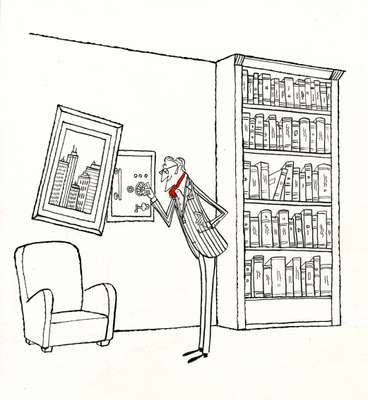
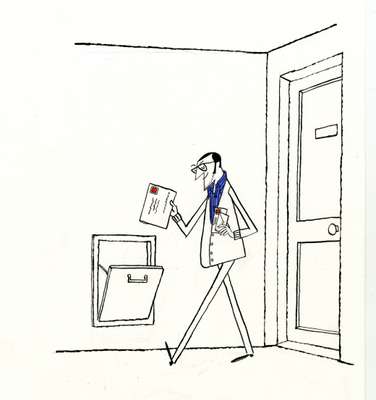
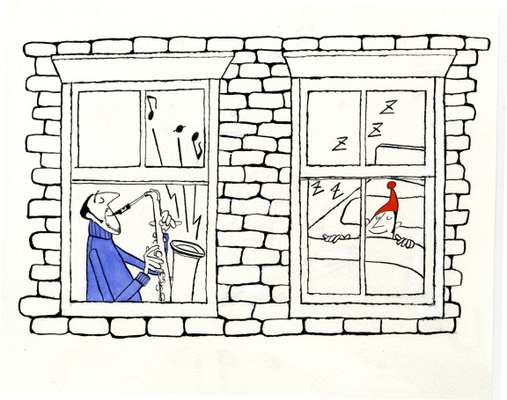

Apartment 02
—Manhattan
New York circa 1900
Trends travel, and New York soon learned that Parisian high-rise living suited its needs – along with a few novel tweaks.
01 - Uniformed doorman
Throughout history people have needed someone to guard the door, welcome guests and take in deliveries. In France the old concierge lurked like a dragon. In New York, the uniformed doorman is still a status symbol, but those who have a good one know it’s an absolute necessity.
02 - Wall safes
These were a reassuring feature in these early 20th-century apartments for wealthy New York families moving into the city centre. With economic upheavals making people’s savings disappear in countries from Argentina to Britain these days, maybe it’s time to stop trusting the bank and go back to the safe?
03 - Laundry and mail chutes
These were novel solutions to the new problems of high-rise living, but required armies of efficient service personnel. Now, companies such as CargoCap (see Monocle issue 13) are thinking about reinventing such chutes to deliver packages and dispose of household waste. Streets would be cleaner and the eternal row about who puts the rubbish bags out would be a thing of the past.
04- Double sound-proofing
All the more necessary now that apartments are smaller and the numbers of people walking around above our heads is ever increasing. The busier and faster life is outside, the more important it is, however small, that a city home is a quiet refuge.
05 - The ‘master’s den’
Before the 1920s, smoking was largely a masculine thing and segregated. Later, it became chic for all. Nowadays we demonise smokers and many people exile them from the house. But all fashions go in cycles; luxurious smoking-rooms could make a come-back as hermetically-sealed pleasure domes.

